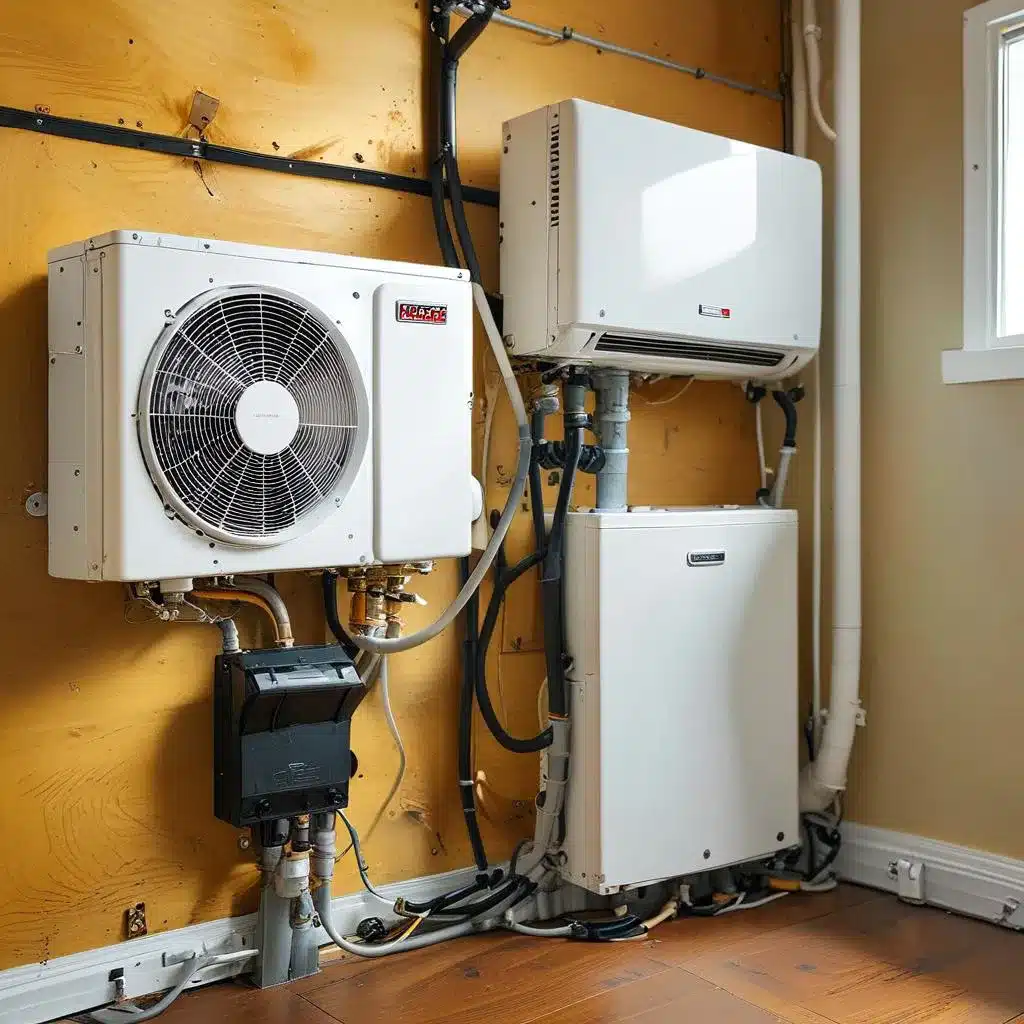Table of Contents
With homeowners trying to find efficient solutions for keeping the indoor temperature comfortable, modern mini-split systems have become more commonplace. They are versatile and can be set up without professional assistance. Still, it’s critical to understand the possibilities before beginning the setup process. This article focuses on what to look for to set everything up correctly.
Understanding Mini Split Systems
Homeowners sometimes install DIY mini-split systems to save on installation costs. Mini-split systems have two parts: an indoor unit and an outdoor condenser. They are available with heating and cooling systems, providing warmth even in the coldest climates. Mini splits do not require the extensive ductwork that traditional HVAC systems must have, simplifying installation and lowering costs.
Assessing Your Needs
Before selecting a system, the space’s heating and cooling requirements should be determined. The first step is considering the room or area size where the mini split will be installed. You may need more than one unit or a higher-capacity system for larger areas. Be sure to check with your manufacturer what size unit will suit your room size.
Choosing the Right Location
First, the placement of indoor and outdoor units is crucial. The indoor unit should be mounted high on the wall and positioned to distribute air, and high-positioned units usually distribute air more effectively. Please ensure the unit has adequate space around it to allow for proper airflow. The outdoor condensing unit requires level and firm ground, sufficient space, and proper ventilation provisions. It is strategically placed for optimal performance and energy efficiency, not directly in sunlight.
Understanding Electrical Requirements
A mini-split system often demands its own dedicated electrical circuit. Verify that the electrical panel can handle the added load. If unsure, consult an electrician to avoid future issues. Sound grounding and compliance with local electrical codes are essential for safe and functional installations.
Gathering Necessary Tools and Materials
Gather all the required tools and materials before installing. Some standard tools are a power drill, a level, a stud finder, and a wrench. Depending on the manufacturer, an installation kit that includes necessary components such as mounting brackets and pipes is generally part of the system. Having everything on hand will make for a smoother process and avoid delays.
Following Installation Instructions
Each mini-split system includes a comprehensive manual. The most important part of the install is following these instructions exactly. First, mount the indoor unit bracket to the wall. Make sure it stays on a level to avoid drainage. Then, connect the refrigerant lines with adequate insulation to minimize energy waste.
Installing the Outdoor Unit
The outdoor condenser should rest on a secure surface (preferably a concrete pad or wall bracket). Make sure it is level and firm to prevent vibrations. The refrigerant lines connected to the outdoor unit must be charged because even the smallest particles can lead to unwanted malfunctions. Double-check connections before proceeding.
Testing the System
After installation, the next step is to test the system. Switch on the power, and enter the temperature you want to set. Check to see if both the heating and cooling functions operate correctly. Listen for strange sounds; malfunctioning can also mean improper installation or defective parts. Should problems arise, you can always check out the handbook or contact customer support for help.
Maintaining Your Mini Split System
Proper and regular maintenance will ensure the system’s longevity and functionality. Simple things like cleaning the filters monthly and checking for debris around the outdoor unit can also help prevent problems. Regularly scheduled professional inspections can also reveal potential problems.
Considering Professional Help
Some may seek professional assistance, even though it is possible to do it yourself. An expert will ensure the system’s installation process is perfect and complies with the local guidelines. They can also help with system maintenance and optimize system performance.
Conclusion
Installing a DIY mini-split system can be a frugal home comfort solution. If they know what necessities are to be done and you are doing them correctly, a homeowner can do the entire process evenly and adequately buffer it. Whether installing your new floor yourself or hiring professionals, preparation is the key to success.


